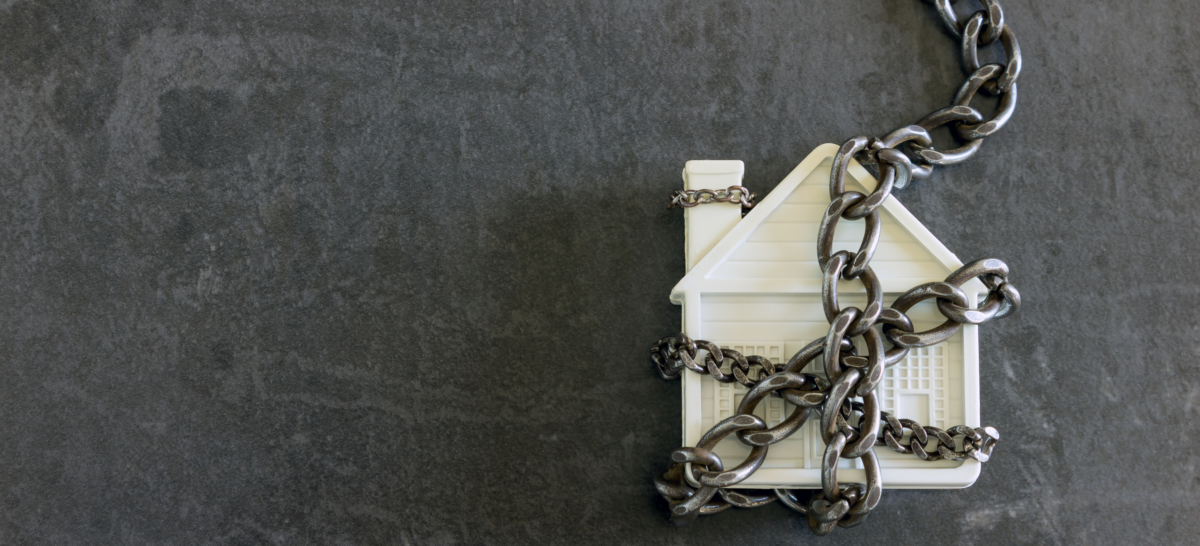

The court transferred the trademarks of the company “Alfa-Group” of the famous russian oligarch Mikhail Friedman for UAH 2 billion to the ARMA.
According to the investigation, the bank’s officials withdrew assets under the guise of royalties using the trademarks of this offshore company.
The Ukrainian bank, its parent bank in russia, and the Cypriot company are linked by beneficial owners. Among them is a russian oligarch.
According to Transparency International Ukraine experts, the Asset Recovery and Management Agency will probably not be able to manage these expensive trademarks effectively. But MPs can prevent such situations in the future.
The property — physical evidence in criminal proceedings — can be seized for several reasons: so that the defendants do not hide the asset, damage, or sell it.
At the same time, the ARMA must preserve its economic value until the court puts an end to the case.
What is the real role of the ARMA in managing russian assets
The property will either be directed to the benefit of the state, or given to the accused, who was acquitted.
And to preserve the economic value of the asset, the court must choose the best way of management: transfer for temporary management or allow its sale.
Experts of TI Ukraine have repeatedly emphasized that before transferring property to the ARMA, planning is necessary with the participation of investigators, prosecutors, and representatives of the ARMA.
In such circumstances, there will be fewer risks that the ARMA will not be able to manage the property effectively. The Agency will be more likely to find the appropriate manager or buyer. The “freeze” of the property will become less regular practice.
If we are talking about the example with trademarks, then there has been no planning (not provided for by law).
Therefore, only now, the Agency must think of the fate of the asset and promptly announce a competition for the manager of a very unusual lot.
A potential manager should offer a complete, quality, comprehensively reasoned asset management program.
It should contain a business model under which the economic value of the trademark will be preserved, as well as revenues to the national budget of Ukraine will be ensured.
Difficulties may arise at the stage of attracting managers of this asset.
A trademark is a specific designation that is used to individualize goods and services. That is, it is associated (or should be associated) with the manufacturer of goods or service provider.
Therefore, the ways of its use, and therefore management, depend on the quality of the business that owns it.
The rights that the owner of the trademark has are specified in the legislation. In particular, it mentions the obtaining of licensing payments (royalties).
This means that if the asset starts to work again — the russian owners will start receiving income again.
However, it is not known now how the manager of this asset should receive income if the payment of royalties was a probable way of committing a crime.
If a discussion and planning had taken place before transferring the asset to the ARMA, it is most likely that the asset would have been just seized. This would not allow withdrawing funds from the bank in the form of royalties.
We would like to believe that there are still ways to effectively manage this asset. For example, if banks used this TM in other countries and royalties “passed” through the Ukrainian company.
But without the text of the ruling, it is impossible to analyze it. In such a positive story, there is a chance to receive income under other licensing contracts. Then the manager will be able to transfer these revenues to the national budget of Ukraine.
However, even if this story still has a positive ending, it will be an exception to the rules.
Recently, the ARMA has repeatedly encountered this problem, and as a consequence, no effective management has been ensured. For example, the unfinished constructions of Voitsekhovskyi’s “Ukogroup.”
That is why a few years ago, TI Ukraine experts and partners prepared a concept of planning before the seizure of assets, which provides for:
- general assessment of the asset — the estimated time the asset is under arrest, the expediency of applying the restriction of the right to use, the qualitative and quantitative characteristics of the asset, the possibility of selling the asset at the management stage, the need to attract specialists at the management stage, the need for special conditions for maintaining the asset, possible public resonance or attention to the seizure of the asset;
- legal analysis of the asset — compliance of the asset with criteria for seizure of property of the CPC of Ukraine and the possibility of its seizure, determination of the circle of persons entitled to the asset (including real and beneficial owners), how it is advisable to limit their rights, registration data on the asset, the presence of pledge or other encumbrances;
- financial analysis of the asset — a preliminary assessment of the value of the asset, a preliminary calculation of the value and profitability of its management;
- joint development of strategies and tips to eliminate or minimize the problems and risks identified within each of the above components, the development and joint implementation of appropriate measures, the choice of the right moment for the seizure of assets.
Without amending the current criminal procedural legislation, this institution will not be able to work fully.
We will keep on asking the Agency questions about the effectiveness of its work. Although, we can really help by adopting appropriate changes in the walls of the parliament. In a wounded economy, you need to attract any effective filling mechanisms, including this.
This publication was prepared with the financial support of the European Union. Its content is the sole responsibility of Transparency International Ukraine and does not necessarily reflect the views of the European Union.






